Xeriscape in the Okanagan
The Okanagan Environment


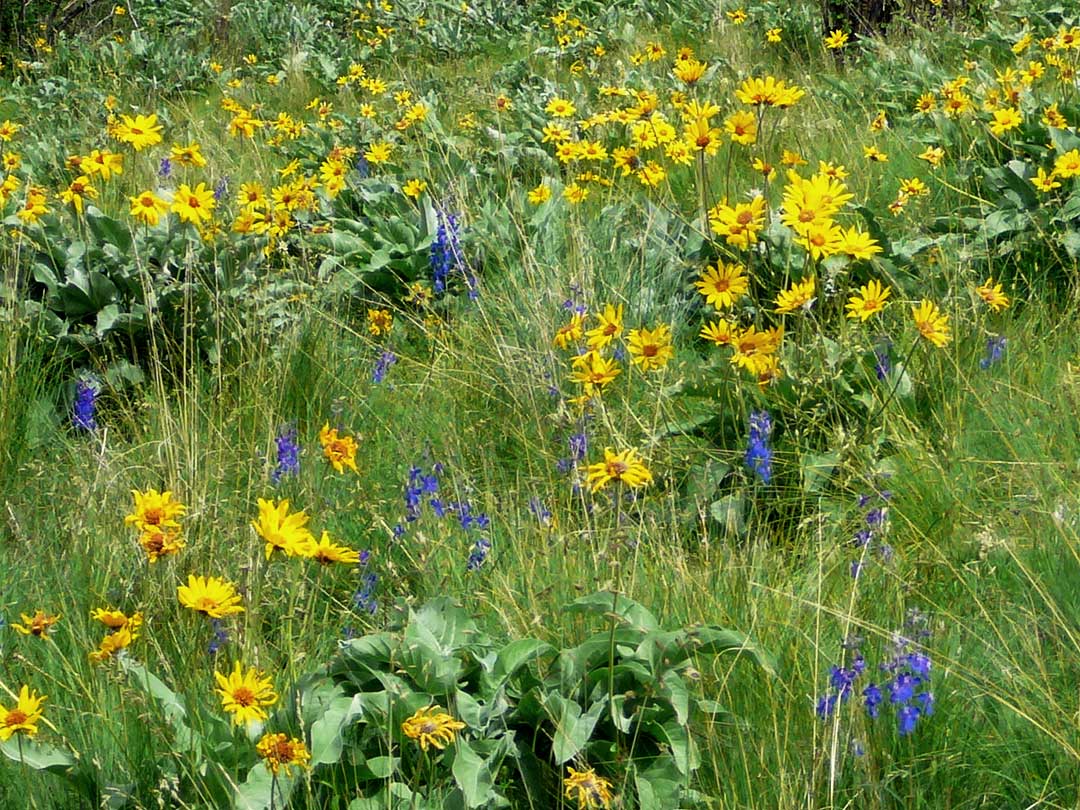
The land slopes up on either side of the mainstem lakes to 500 metres (1,700 feet) on the benchlands. Here in spring, the showy Arrow-leaved Balsamroot turn the hillsides yellow with their blooms against a backdrop of abundant white-flowered Saskatoon bushes. In summer the hills turn brown as the grasses die back for lack of rain. A fall feature is the red berries of the sumac, paired with the grey foliage of the sagebrushes and vivid yellow bloom of Rabbitbrush.
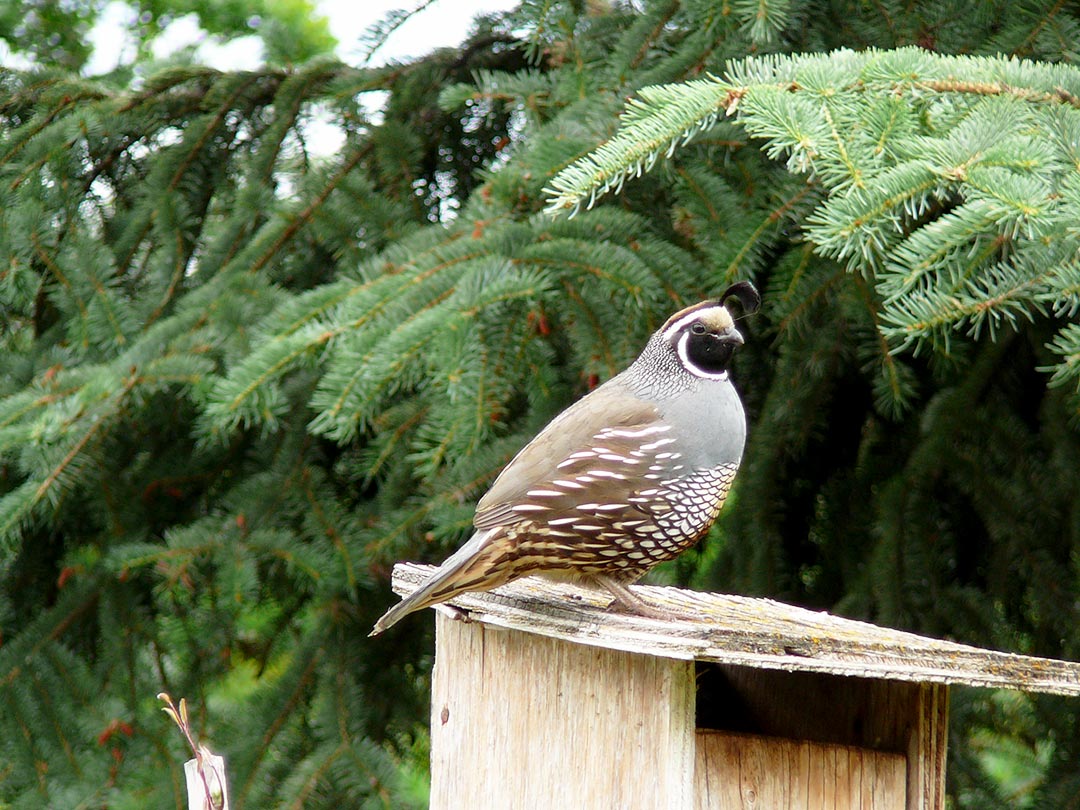
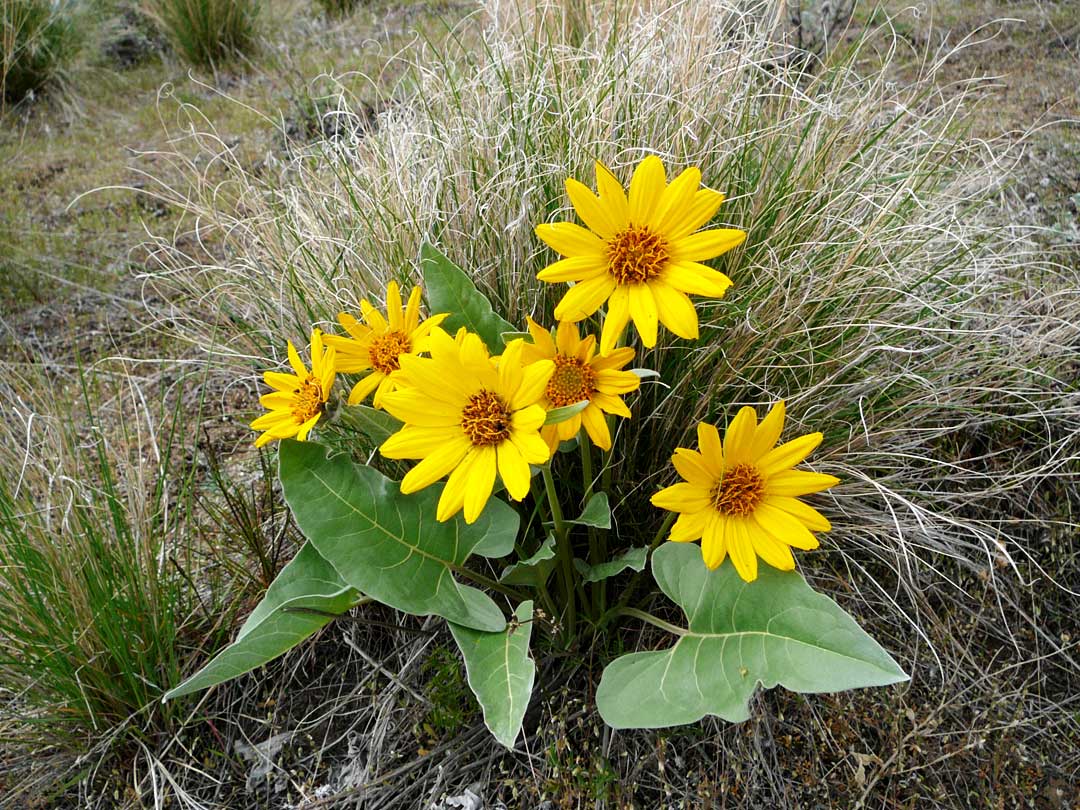
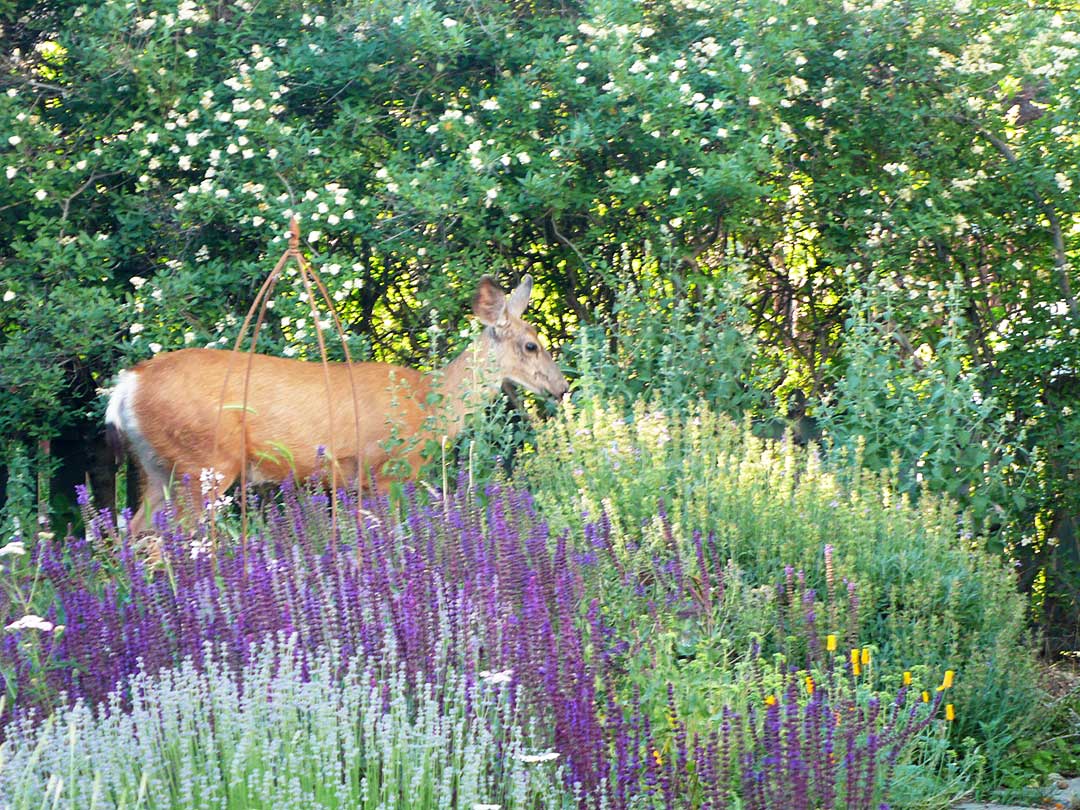
GROWING CONDITIONS
The mean daily temperature in January is between 0 and -5C (32 and 23F), while in July, it’s 20 to 22C (68 to 72F). However, in winter it is not uncommon for temperatures to plunge to -32C (-26 F), while in summer, they can soar to 40C (104 F). Hot, sunny summers and fairly mild, overcast winters put the Okanagan in plant hardiness zones four to six.
*USDA plant hardiness zones are calculated by the average lowest winter temperature- the Okanagan is zone 1 to 5.
PRECIPITATION
The average annual precipitation is about 280 millimetres (11 inches), approximately half of this falling as snow in winter. Summers are getting drier and two to eight weeks without any rainfall is becoming common. When it does rain, it often comes as a very short, heavy downpour in a thunderstorm. Frequently this welcome rain falls too fast for the parched soil to absorb the water and so it runs off into streams and storm drains.
SOILS
The soils have a tendency to be alkaline rather than acidic, with an average pH of 7.6. Due to low precipitation, growth of natural vegetation is slow and there is very little organic matter in the soils.
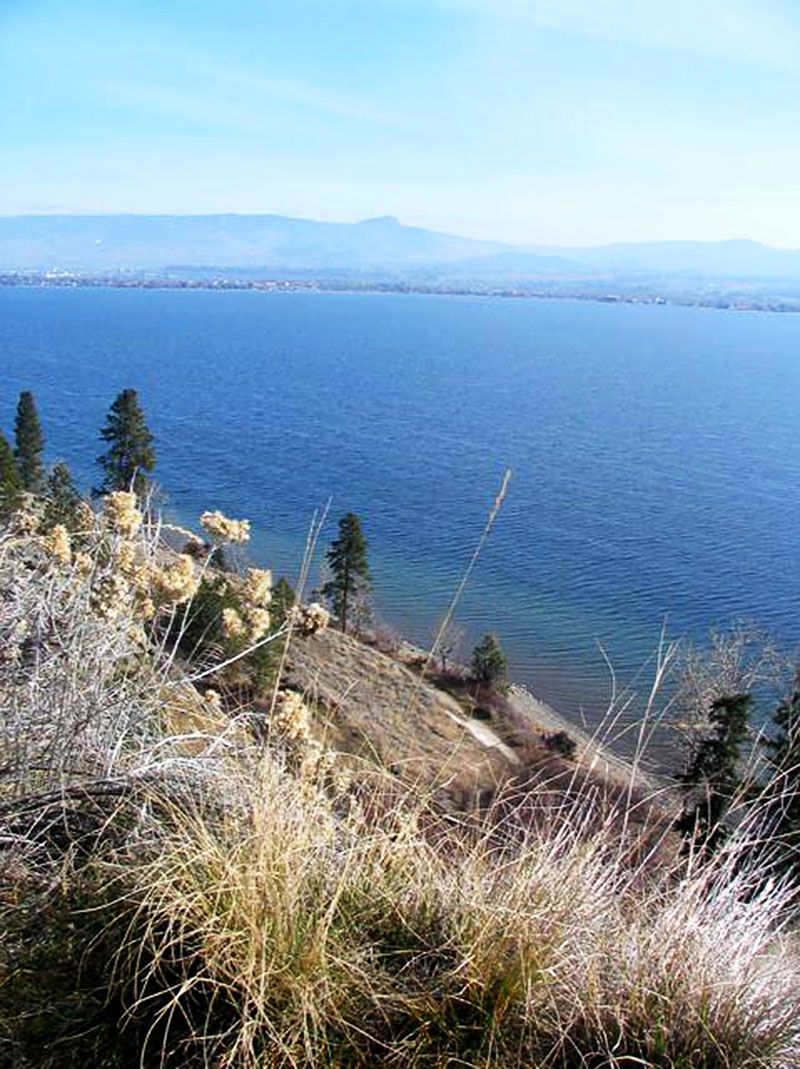
Make sure to check out Our Blog for great articles on Native Plants and Okanagan Soils and more.
